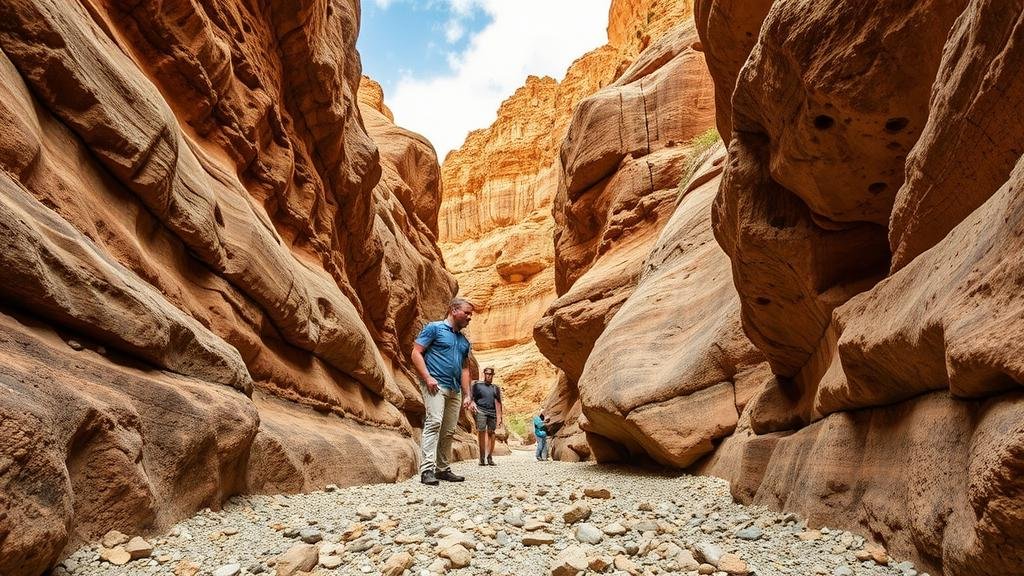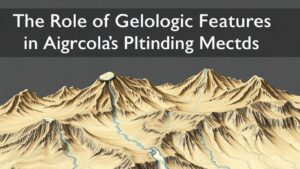Spotting Gravel Deposits in Narrow Canyons for Potential Gold
Spotting Gravel Deposits in Narrow Canyons for Potential Gold
Narrow canyons present unique geological environments that can host valuable mineral deposits, including gold. Understanding how to identify and evaluate these gravel deposits is crucial for prospectors looking to maximize their yield. This article will explore the characteristics of gravel deposits found in narrow canyons, the geological processes that form them, and methods for assessing their potential for gold. Plus, real-world case studies will illustrate these concepts.
Understanding Gravel Deposits
Gravel deposits formed in canyons are primarily the result of erosion and sediment transport processes. These deposits typically consist of weathered rock fragments, sand, and silt, which are transported by water flow during high-energy events such as floods or rapid snowmelt.
- Alluvial Deposits: These are formed from particles that are washed down from surrounding mountains and deposited in riverbeds, typically where water slows down and is unable to carry larger sediments.
- Colluvial Deposits: These result from gravity-driven processes, often accumulating in small gullies and side channels of narrow canyons.
Identifying these different types of deposits can help prospectors understand where to look for gold concentrations. Gold is often found in the heaviest and most durable mineral grains, which tend to settle in the lower parts of gravel deposits.
Geological Indicators of Gold
Narrow canyons often exhibit specific geological indicators that can suggest the presence of gold:
- Layering and Stratification: Look for well-defined layers in gravel deposits. Gold is frequently found at the base of these layers, where heavier particles settle.
- Presence of Black Sands: The presence of magnetite or hematite can indicate a higher likelihood of gold, as these materials are often found alongside gold in river deposits.
- Vegetation Patterns: Areas with lush vegetation near gravel deposits may indicate higher soil fertility due to sediment deposition, which can also correlate with gold presence.
Techniques for Evaluating Gravel Deposits
Once potential sites have been identified, several techniques can be employed to evaluate the gravel for gold:
- Panning: Traditional gold panning is an effective way to sample gravel deposits. Create a slurry of gravel and water, allowing the lighter materials to wash away while heavier gold particles settle at the bottom.
- Sluicing: This technique involves channeling water through a sluice box set up in a gravel deposit to concentrate gold as it separates by weight. It allows for larger volumes of material to be processed more efficiently than panning.
- Bulk Sampling: For promising deposits, collecting and processing a larger volume of gravel can provide more accurate estimates of gold content.
Case Studies
Numerous prospectors have successfully located gold by focusing on gravel deposits in narrow canyons. One notable example is the discovery of gold along the American River in California. This region experienced a significant gold rush due to its rich alluvial deposits in narrow canyons created by the rivers erosive power.
Another example can be observed in the Klondike region of Canada, where narrow valleys and canyons were extensively mined for their rich gravel deposits, leading to the extraction of millions of dollars in gold during the late 19th century.
Potential Questions and Concerns
Prospectors may have concerns regarding legal and environmental regulations when searching for gold in narrow canyons. It is imperative to research state and federal laws governing mineral exploration and to obtain any necessary permits. Also, consideration must be given to the ecological impacts of mining activities to ensure sustainable practices.
Conclusion
Identifying and evaluating gravel deposits in narrow canyons for potential gold involves understanding geological processes and employing effective sampling techniques. By focusing on key indicators and leveraging proven methods, prospectors can enhance their chances of success. Also, adhering to legal and environmental guidelines can ensure responsible and sustainable gold exploration.
For those interested in prospecting, it is vital to conduct thorough research and familiarize oneself with the characteristics of local geology to maximize yields in these uniquely promising landscapes.


